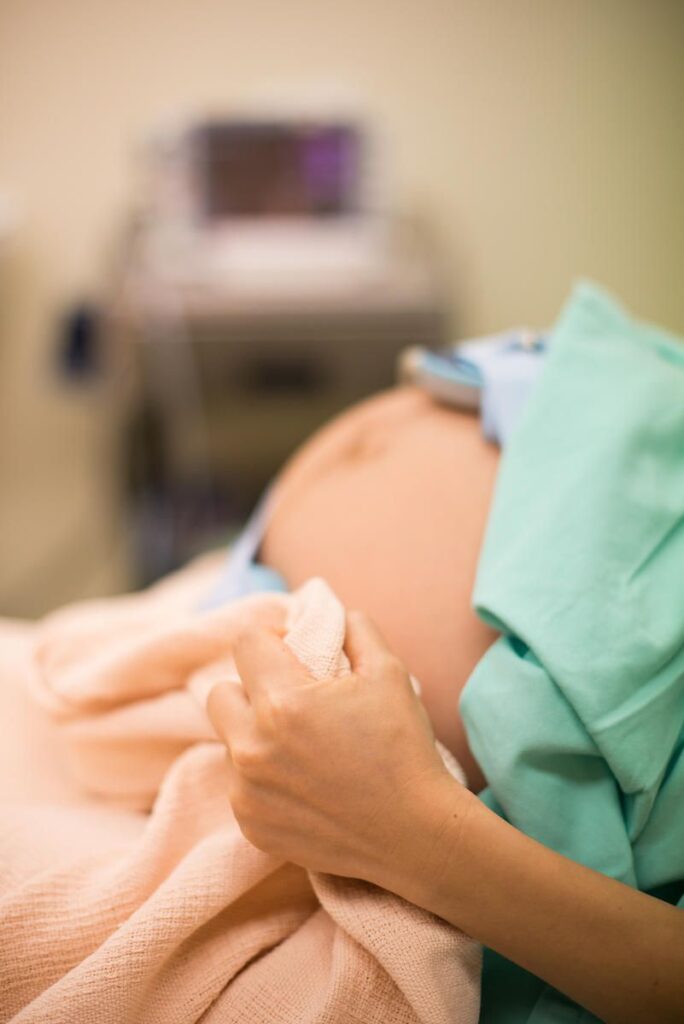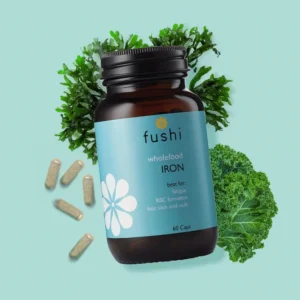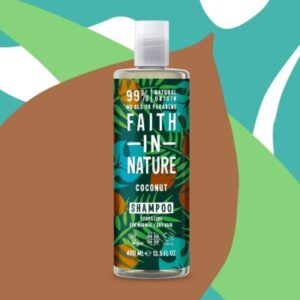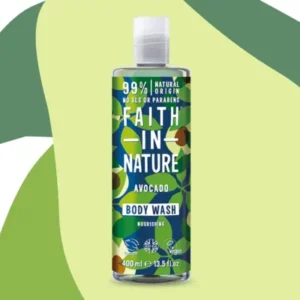Lansinoh organic postpartum spray
During childbirth, major changes occur in the delivery routes to allow the birth of a long-awaited baby.
The delivery routes are designed to be exceptionally elastic and stretchy, so that they adapt to the size, position and speed of birth of the baby being born, and after childbirth they return to their original state. During childbirth, the muscles of the vagina are displaced and the birth canal is formed.
During the descent of the baby through the delivery routes, both superficial abrasions and slightly larger and deeper muscle and/or skin ruptures may occur in the delivery routes. The formation of ruptures and their extent are influenced by a huge number of different factors:
- elasticity of genetically contributed tissues
- child size
- the speed of passage of the baby through the delivery routes
- setting the baby in the delivery routes
- the position of the mother in childbirth
- instrumental childbirth (vacuum birth)
- vaginal inflammations during pregnancy (fungal inflammation)
To reduce the risk of ruptures in the obstetric routes, you can also do a few things yourself:
- cure vaginal inflammations during pregnancy. They make vaginal tissues more susceptible to rupture. In particular, fungal inflammation, which can occur quite a lot during pregnancy
- make small changes to prevent fungal infections – review the diet, reduce sanitary towels and string wearing, use intimate wash gel
- in the last month of pregnancy, you can start preparing the delivery routes with bayonet oil
- cooperate with the midwife, she will see and feel the speed of the baby's descent and the condition of the delivery routes


Delivery routes are tender and sensitive after childbirth, even if there were no tears.
However, if ruptures occurred, then after childbirth they are sewn. Initially, fresh ones provoke pain, swelling, redness, difficulty sitting and moving in the wound. In general, due to the very good blood supply in the delivery routes, they heal quickly and well.
However, it is important to have good care:
- rinse the outer genitals after each toilet move
- wash the intimate area 1-2 times a day with intimate wash gel. Use cool clean water the rest of the time
- use only cotton air-permeable sanitary pads. Vaginal swabs are not recommended after childbirth
- if necessary, you can also use pain treatment
- in the case of a perineal wound, initially sit with the weight on one of the buttocks
To relieve ailments caused by postpartum wounds, it is good to use a postpartum spray that relieves pain, swelling and cools the swollen and hot area. The spray contains plant components that promote tissue healing as well as accelerate healing.
Lansinoh postpartum spray contains both soothing and corrective components. The 360 degree sprayer allows you to use it from any angle.
Soothing plants such as lavender, chamomile, horse chestnut are contained in the postpartum oil. They relieve pain and sensitivity in the delivery routes. They reduce swelling and allow a woman to move more pain-free and change postures.
Plants that accelerate healing contained in the oil, such as Aloe Vera, tea tree, oats and others, promote tissue regeneration and regeneration. They accelerate the growth of wounds together and also have a very strong disinfecting effect, reducing the risk of inflammation.
Sprays can be used after each wash. For an additional cooling effect, the spray can be stored in a cool place.





